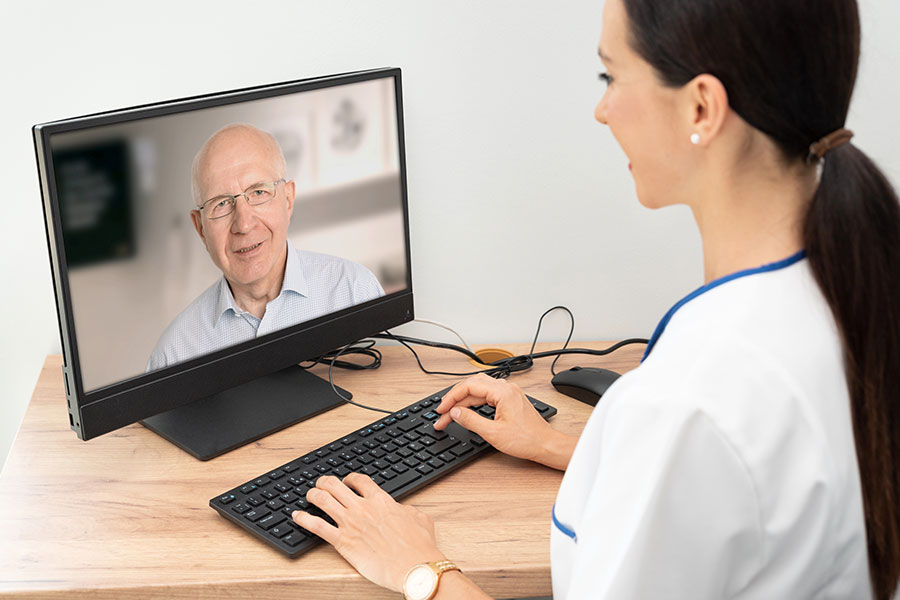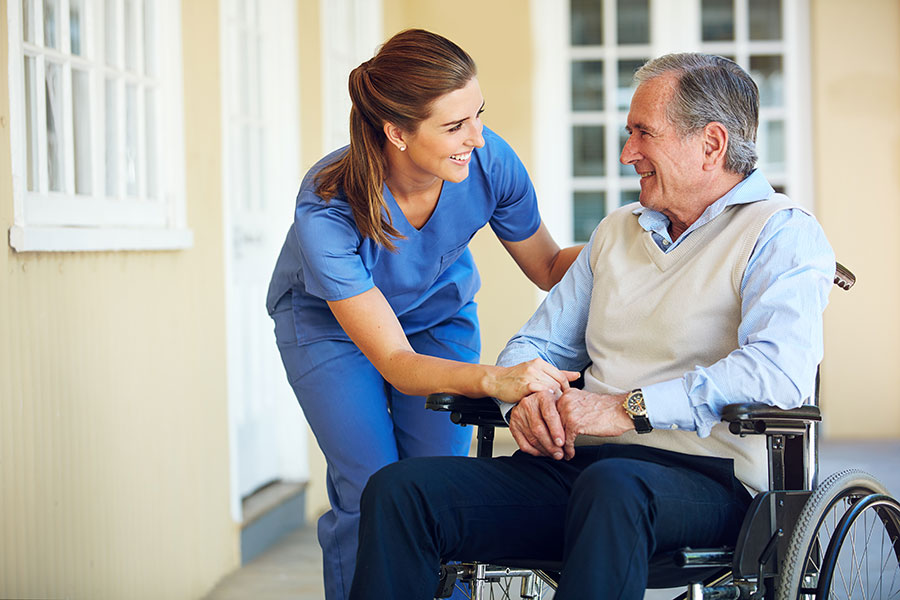
How Telehealth Works for Seniors
At CNC Wellness, telehealth is a simple way to see a clinician from the comfort of home. If getting to an office feels tiring, difficult, or inconvenient, video visits can bring care to you—on your schedule and in a familiar setting.
What telehealth is—and why it helps
Telehealth uses a phone, tablet, or computer to connect you with a CNC Wellness clinician by video or audio. It’s designed to be friendly and straightforward. Many adults prefer telehealth because it saves travel time, reduces exposure to illnesses in waiting rooms, and makes it easier to keep regular check-ins for ongoing health needs.
What you need
- A device with a camera and microphone (smartphone, tablet, or computer)
- A reliable internet or cellular connection
- A quiet, well-lit space where you can speak comfortably
- Any home devices you use, such as a blood pressure cuff, glucometer, thermometer, or pulse oximeter
How a typical visit works
- Schedule an appointment and receive a secure link by text or email.
- Tap the link a few minutes early to test your camera and sound.
- Join the visit. We’ll confirm your identity, review your concerns, and ask about symptoms, medications, and vital signs you track at home.
- If helpful, you can show a rash, swelling, or movement on camera. We may guide you through simple checks—like counting your pulse or checking your breathing.
- Together, we’ll create a plan. That may include prescriptions, home exercises, nutrition guidance, lab orders, or a follow-up.
What telehealth is great for
Telehealth works well for chronic condition management (like hypertension or diabetes), medication refills, reviewing test results, minor illnesses (coughs, sinus issues, stomach bugs), skin concerns, mood check-ins, sleep support, and mobility coaching. It’s also an easy way to prepare for or follow up after procedures.
Privacy and security
Your visit takes place on an encrypted platform that protects your health information. You choose where you sit, who can overhear, and what you share on camera. If you prefer audio-only, that can be arranged in many situations.
When you should seek in-person or urgent care
Telehealth is not right for emergencies. Call 911 or go to the nearest emergency department if you have severe chest pain, trouble breathing, sudden weakness or numbness, heavy bleeding, a high fever that won’t come down, or a serious injury. For issues that require a hands-on exam or imaging, we’ll help you arrange the right setting.
Tips for a smooth visit
Charge your device, have your medications nearby, and write down questions ahead of time. If you track numbers like blood pressure, glucose, weight, or oxygen saturation, keep them handy. Position your device at eye level so we can see you clearly, and use headphones if you prefer extra privacy.
Getting started
Telehealth should feel empowering—not technical. If you’re curious, reach out to CNC Wellness to schedule a first visit. We’ll guide you step by step so you can focus on what matters most: feeling better and staying independent at home.
The information on this website is for informational purposes only and is not a substitute for professional medical advice, diagnosis, or treatment. Always consult your physician or other qualified healthcare provider with any questions you may have regarding a medical condition.



